USDA Invests $63 Million in Wildfire Barriers to Safeguard Western Communities and Firefighters
- May 30, 2023
- 0 comment
Agriculture Secretary Tom Vilsack revealed today that the United States Department of Agriculture (USDA) is allocating $63 million from the Bipartisan Infrastructure Law and the Inflation Reduction Act to expand the implementation of fuel breaks—critical wildfire barriers. The initiative aims to protect communities and firefighters across several states in the Western region.
Fuel breaks serve as strategic lines of defense against the rapid spread of fires, creating safe zones for firefighters to operate and conduct essential fuel reduction treatments like prescribed burns. This latest round of funding will support projects in Colorado, Montana, Oregon, South Dakota, and Wyoming. The investments will enhance firefighter response capabilities, safeguard crucial infrastructure and natural resources, ensure access to clean drinking water, foster the growth of local timber industries, boost rural economies, and generate employment opportunities.
Secretary Vilsack highlighted the USDA Forest Service’s decade-long collaboration with risk management experts and scientists to refine the construction of defensible spaces ahead of wildfires. Given the exacerbating impact of climate change on the wildfire crisis, these efforts have been scaled up through President Biden’s Investing in America agenda. This comprehensive approach reflects the administration’s commitment to protecting the well-being of communities and the environment.
The project selection process involves a cross-boundary approach that brings together Tribes, local wildland fire managers, business owners, elected officials, and scientists to develop proactive strategies for future fires. Incorporating the latest scientific knowledge on fire operations, community risks, and ecosystem resilience, this process aligns with the National Cohesive Wildland Fire Management Strategy and complementary fuels treatment initiatives.
Collaborating closely with local communities, the Forest Service identifies various fire barriers such as roads, rivers, and other natural features that effectively impede the spread of wildfires. Since 2015, scientists at the Forest Service’s Rocky Mountain Research Station have worked alongside research universities, federal agencies, states, and independent land and resource management partners to identify these barriers as part of wildfire strategy development.
By reinforcing existing barriers and constructing adjacent fuel breaks, the risk of severe wildfires in the project areas—located in or near high-risk fire sheds—will be significantly reduced. Notably, these areas extend beyond the initial 21 Wildfire Crisis Strategy landscapes.
The USDA’s investment aligns with President Biden’s overarching Investing in America agenda, which seeks to rebuild national infrastructure, encourage private sector manufacturing investments totaling over $435 billion, generate well-paying jobs, and establish a clean energy economy to address the climate crisis and bolster community resilience.
For further information on the USDA’s endeavors to combat the wildfire crisis, visit the Forest Service website to gain insights and updates on their ongoing efforts.



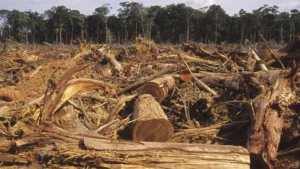
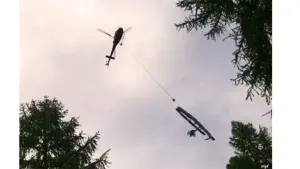

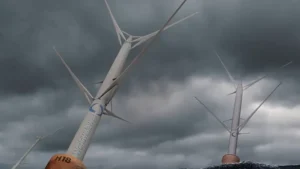

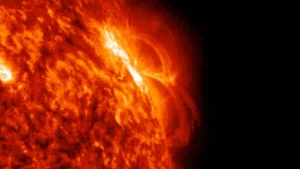
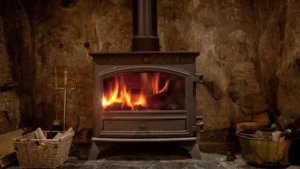
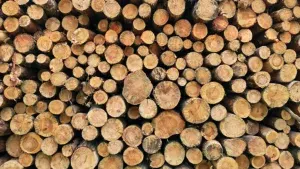


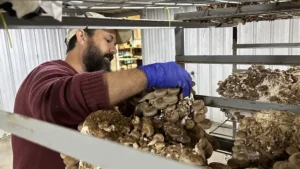
Leave your comment